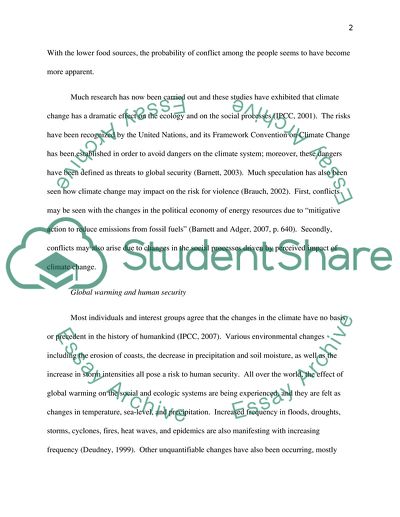Cite this document
(Climate Change and Global Security Research Paper, n.d.)
Climate Change and Global Security Research Paper. Retrieved from https://studentshare.org/environmental-studies/1760984-in-which-ways-does-climate-change-represent-a-threat-to-national-and-global-security
Climate Change and Global Security Research Paper. Retrieved from https://studentshare.org/environmental-studies/1760984-in-which-ways-does-climate-change-represent-a-threat-to-national-and-global-security
(Climate Change and Global Security Research Paper)
Climate Change and Global Security Research Paper. https://studentshare.org/environmental-studies/1760984-in-which-ways-does-climate-change-represent-a-threat-to-national-and-global-security.
Climate Change and Global Security Research Paper. https://studentshare.org/environmental-studies/1760984-in-which-ways-does-climate-change-represent-a-threat-to-national-and-global-security.
“Climate Change and Global Security Research Paper”, n.d. https://studentshare.org/environmental-studies/1760984-in-which-ways-does-climate-change-represent-a-threat-to-national-and-global-security.


